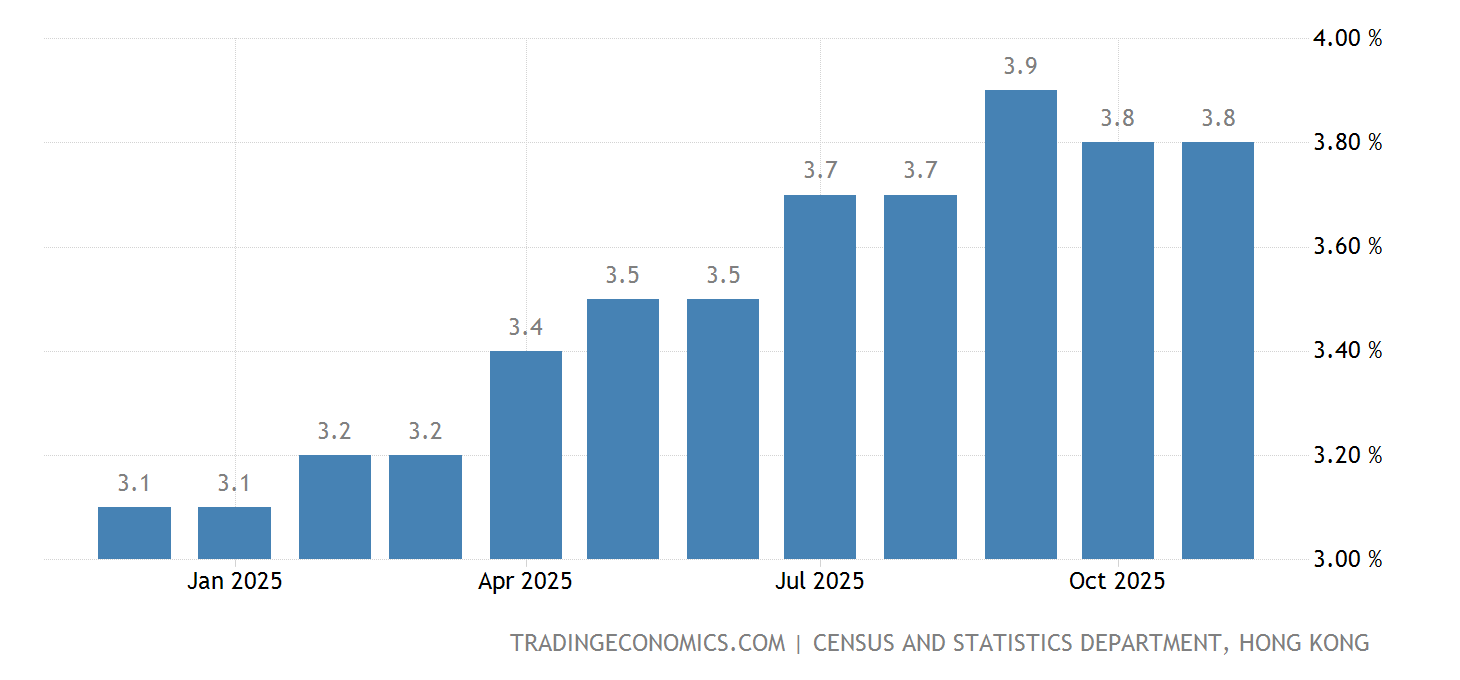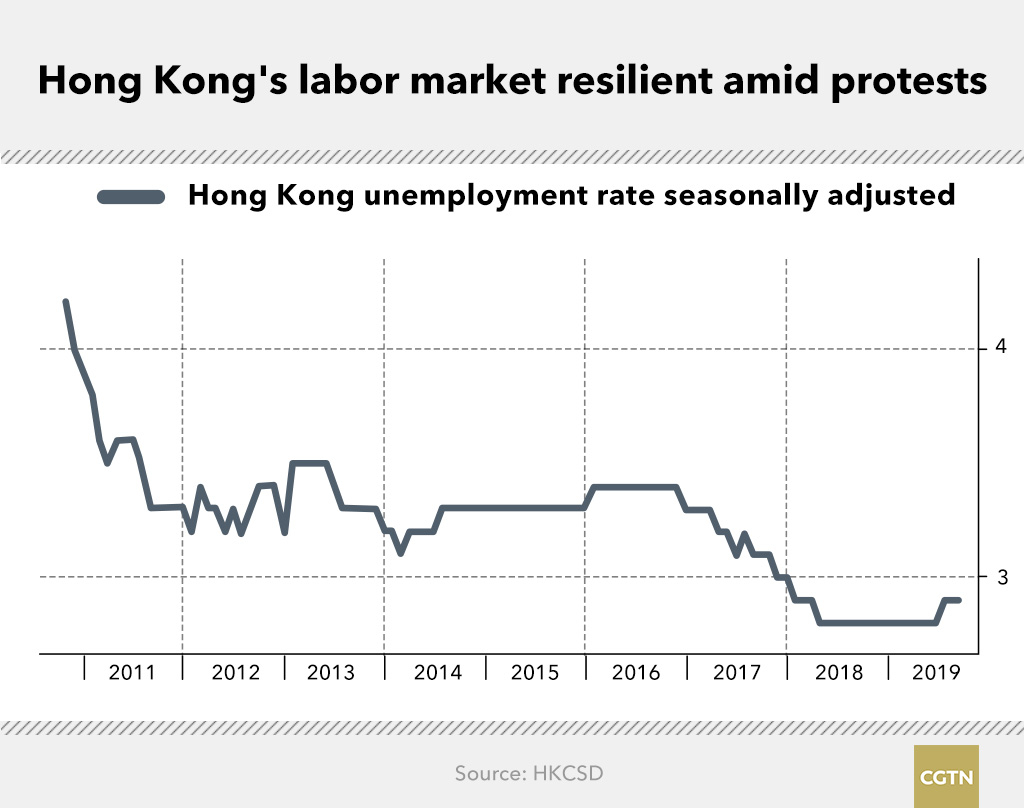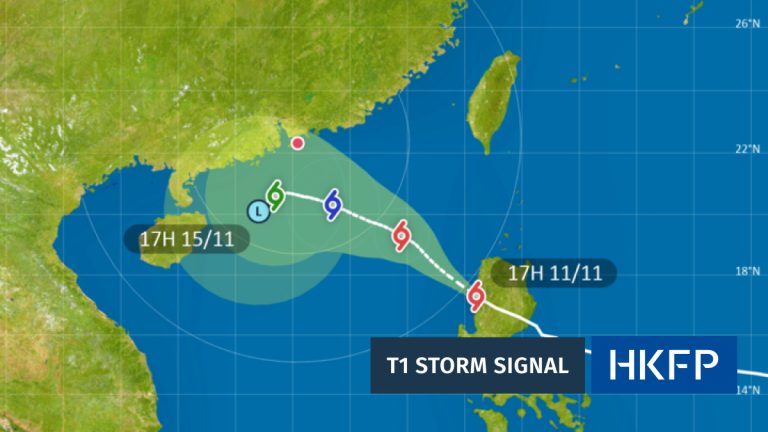Hong Kong’s labor market continues to demonstrate resilience, with the latest unemployment statistics revealing a steady economic landscape that offers insights into the region’s workforce dynamics. According to the Census & Statistics Department’s July 17, 2025 report, the seasonally adjusted unemployment rate remained unchanged at 3.5% for the April to June period, matching the previous quarter’s figures.
This stability extends beyond the headline unemployment rate. The underemployment rate also held steady at 1.4%, indicating minimal disruption in how workers are being utilized across various industries. However, a closer look at the numbers reveals subtle shifts in the labor market that merit attention.
Total employment during this period stood at 3,657,300, representing a slight decrease of 7,400 compared to the preceding three months. The overall labor force experienced a marginal decline of 7,000, bringing the total to 3,793,500. The number of unemployed individuals remained relatively consistent at 136,200, with underemployed workers slightly reducing by 1,000 to total 52,600.
Chris Sun, the Secretary for Labour & Welfare, provided crucial context for these figures. He emphasized that Hong Kong’s industries are undergoing significant transitions, which naturally creates variations in unemployment rates across different sectors. The future trajectory of employment will largely depend on the region’s broader economic performance.
An interesting seasonal factor is also at play. The summer months typically see an influx of fresh graduates and school leavers entering the workforce, which could potentially impact employment dynamics. This annual workforce expansion might increase job market competition or help fill gaps in specific industries.

Despite these potential challenges, Sun expressed optimism about the labor market’s underlying strength. The continued expansion of Hong Kong’s economy serves as a supportive factor that could help stabilize or even improve employment conditions. This perspective suggests a buffer against potential adverse effects from seasonal or structural market shifts.
For individuals and businesses considering financial protection strategies, these unemployment statistics offer valuable insights. A stable 3.5% unemployment rate indicates a relatively secure labor market environment. This could influence decisions around income protection insurance or other financial safeguards tied to employment status.
The nuanced data hints at potential risks in specific sectors. While the overall picture appears stable, the noted industry transitions suggest that some professional segments might face more significant challenges. This underscores the importance of understanding sector-specific employment trends when evaluating personal financial risk management strategies.

The government’s positive outlook on economic expansion provides additional context. It suggests that demand for protective financial products may remain balanced, assuming no unexpected economic downturns. For workers and employers alike, staying informed about these labor market indicators can help in making proactive financial and career decisions.
Ultimately, Hong Kong’s current unemployment landscape reflects a complex but fundamentally stable economic environment. The 3.5% unemployment rate, combined with low underemployment and ongoing economic growth, paints a picture of a resilient job market navigating potential challenges with measured confidence.
As industries continue to evolve and new workforce entrants emerge, monitoring these employment trends will remain crucial for understanding the broader economic narrative. For individuals and businesses, these statistics offer more than just numbers—they provide a lens through which to view economic opportunities and potential risks in Hong Kong’s dynamic labor market.












